
What every puppy owner needs to know is that Canine Parvovirus is one of the most serious viruses that dogs can get. Thankfully, it is very preventable with proper vaccination.
TEXT: Yung-Tsun Lo, D.V.M., Ph.D, Bioguard Corporation
 The last thing any puppy owner or dog breeder wants to hear is a diagnosis of parvovirus infection. Canine parvovirus is a highly contagious viral disease of dogs that commonly causes acute gastrointestinal illness in puppies.
The last thing any puppy owner or dog breeder wants to hear is a diagnosis of parvovirus infection. Canine parvovirus is a highly contagious viral disease of dogs that commonly causes acute gastrointestinal illness in puppies.
What causes parvovirus infection?
Parvo, or canine parvovirus type 2 (CPV) infection appeared for the first time among dogs in Europe around 1976. CPV had spread unchecked by 1978, causing a worldwide epidemic. The virus that causes this disease is very similar to feline panleukopenia (feline distemper) and the two diseases are almost identical. CPV probably arose as the result of 2 or 3 genetic mutations in feline panleukopenia virus (FPV) that allowed it to expand its host range to infect dogs.
How does a dog become infected with parvovirus?
The main source of the virus is from the feces of infected dogs. Susceptible dogs become infected by direct dog-to-dog contact or contact with contaminated feces, environments, or people. Even trace amounts of feces from an infected dog may harbour the virus and infect other dogs that come into the infected environment.
What are the clinical signs of CPV?
A dog infected with canine parvovirus will start to show symptoms within three to seven days of infection. The most common clinical signs associated with CPV include:
- Lethargy
- Depression
- Loss or lack of appetite
- Fever
- Vomiting
- Diarrhea (often bloody)
- Dehydration
“The virus can contaminate kennel surfaces, food and water bowls, collars and leashes, and the hands and clothing of people who handle infected dogs”
The severity of CPV cases varies. The stress of weaning can lead to a more severe case of CPV in puppies as stress weakens the immune system. A combination of CPV and a secondary infection or a parasite can also lead to a more severe case in puppies. Most deaths from parvovirus occur within 48 to 72 hours following the onset of clinical signs. If your puppy or dog shows any of these signs, you should contact your veterinarian immediately.
How is CPV diagnosed?
Parvovirus infection is often suspected based on the dog’s history, physical examination, and laboratory tests. Fecal testing can confirm the diagnosis. Currently, the most common and most convenient method of testing for the presence of CPV is the fecal rapid tests or ELISA tests in a clinical setting. The test requires a fecal swab and takes about 10 minutes. While this test is accurate, a negative result does not necessarily rule out parvovirus in a
symptomatic dog, as they may not be shedding the viral antigen at the time of testing. Further testing, such as PCR, may be needed in these cases.
A simple measure of white blood cell count is often the clincher for a CPV diagnosis. Because one of the first things the parvovirus infects is the bone marrow, a low white blood cell count can be suggestive of CPV infection. If a dog has both a positive rapid test reading and a low white blood cell count, a fairly confident diagnosis of CPV may be made.
What are the treatment options for CPV infection?
There is no treatment to kill the virus once it infects the dog. Treatment options for dogs suffering from CPV involve supportive care and management of symptoms. Treatment options will vary, depending on how sick the dog is, but certain aspects are considered vital for all patients.
- Fluid therapy- counteract dehydration and electrolyte loss
- Antibiotic treatment- prevent potentially fatal body-wide bacterial infection if intestinal bacteria have entered the bloodstream
- Antiemetic treatmentcontrol vomiting
- Nutritional support
- Others- antiviral treatments, pain management, or blood transfusion
“The main source of the virus is from the feces of infected dogs. Susceptible dogs become infected by direct dog-todog contact or contact with contaminated feces, environments, or people.”
Can CPV be prevented?
Young puppies are very susceptible to infection, particularly because the natural immunity provided in their mothers’ milk may wear off before the puppies’ own immune systems are mature enough to fight off infection. The best method of protecting dogs against CPV infection is proper vaccination. Puppies receive a parvovirus vaccination as part of their multiple agent vaccine series. These shots are given every 3 to 4 weeks from the time a puppy is between 6 to 8 weeks old until he is at least 16 weeks of age. A booster vaccination is recommended one year later, and then at one to three year intervals thereafter.
How can I kill the virus in the environment?
The virus can contaminate kennel surfaces, food and water bowls, collars and leashes, and the hands and clothing of people who handle infected dogs. It is resistant to heat, cold, humidity, and drying, and can survive in the environment for long periods of time. The stability of the CPV in the environment makes it important to properly disinfect contaminated areas. CPV can be inactivated by bleach. Cleaning with a solution of one part bleach mixed with approximately 30 parts water is an acceptable method for disinfecting any indoor area (including bedding, food/water bowls, and all surfaces) that once housed an infected dog.
Yung-Tsun Lo D.V.M., Ph.D Bioguard Corporation

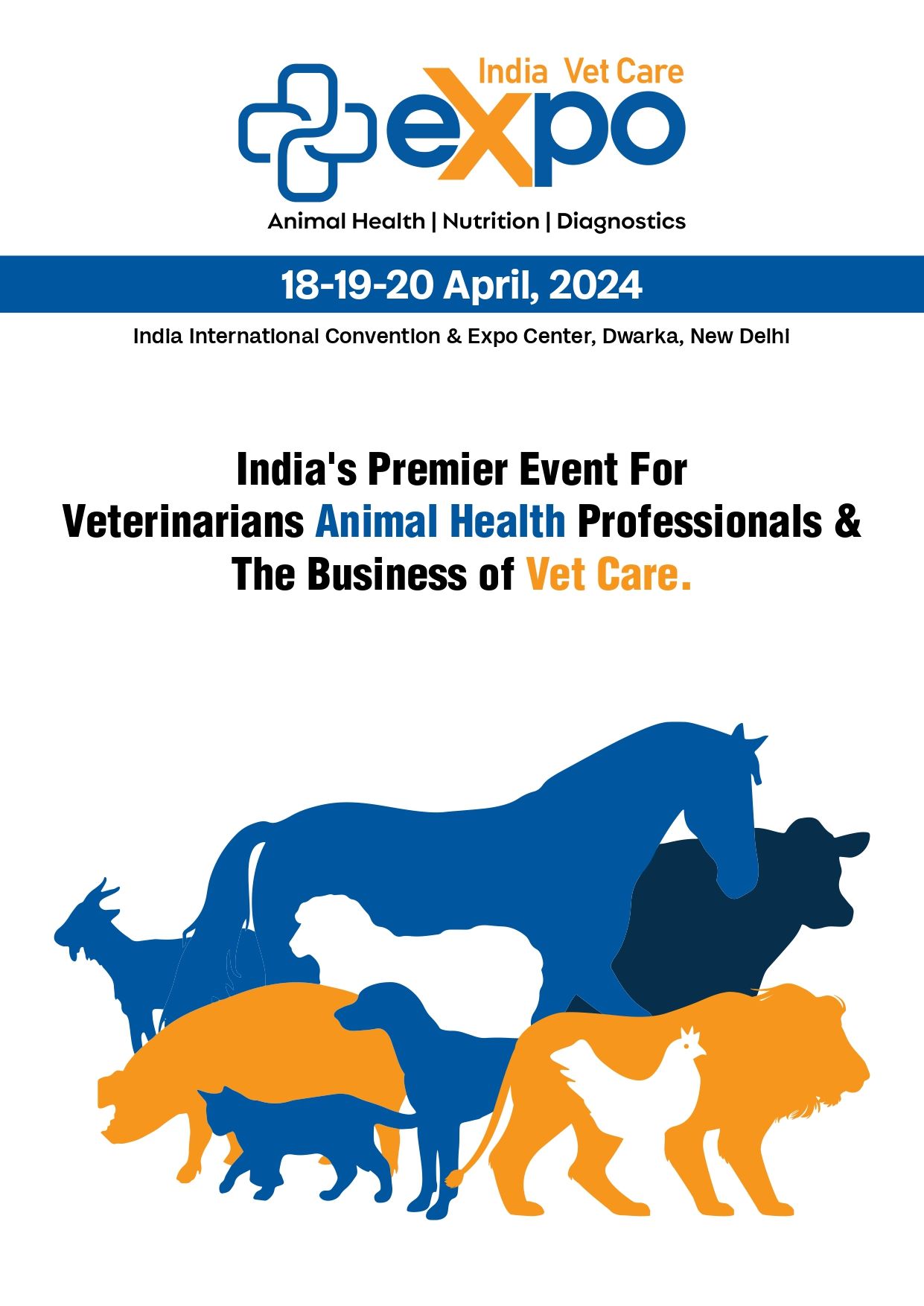
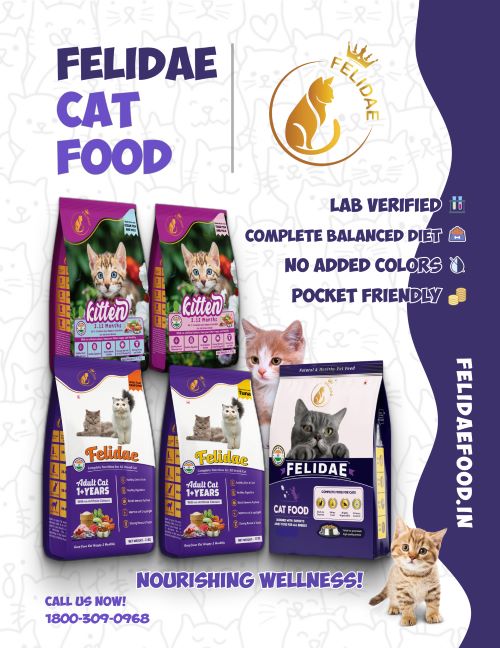

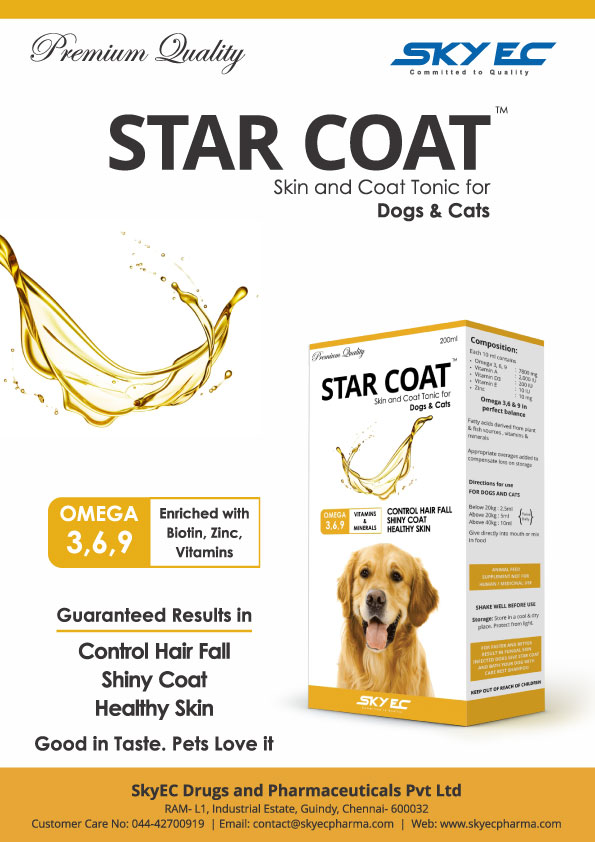
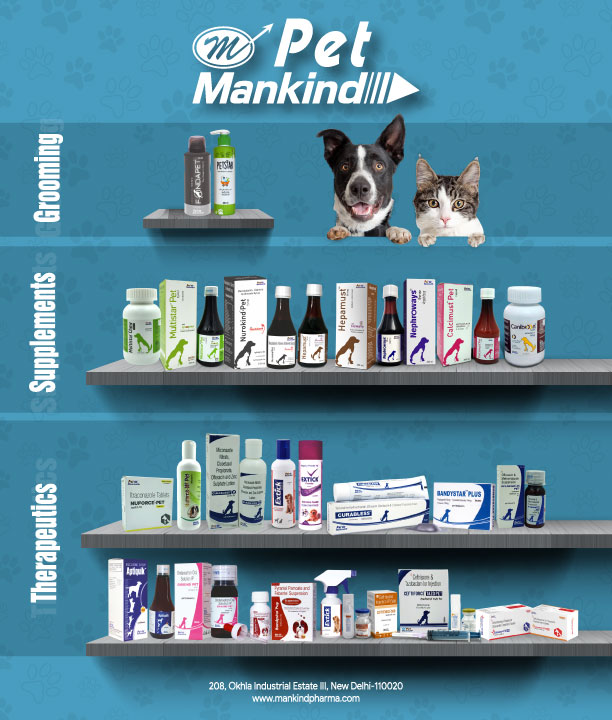
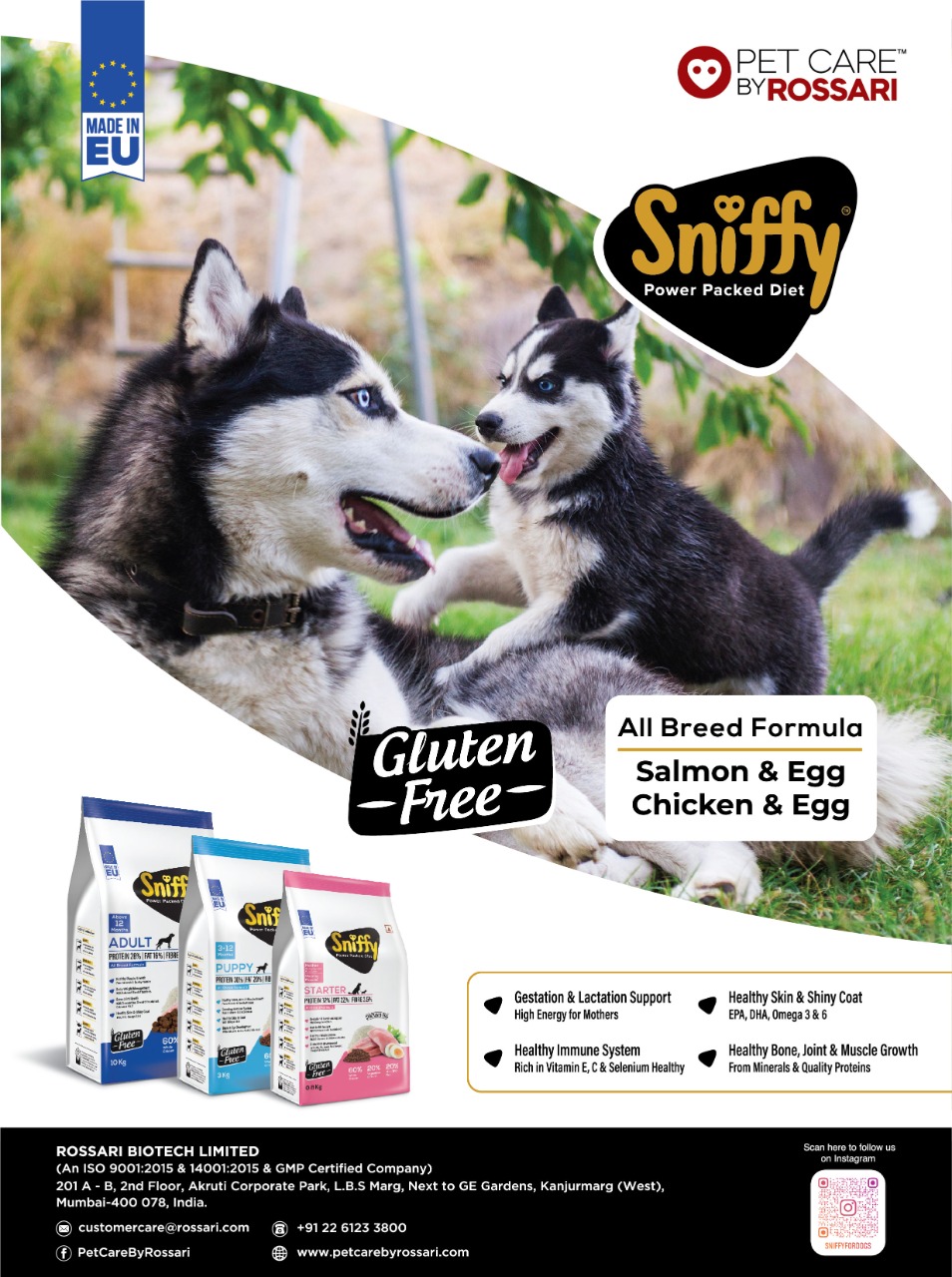
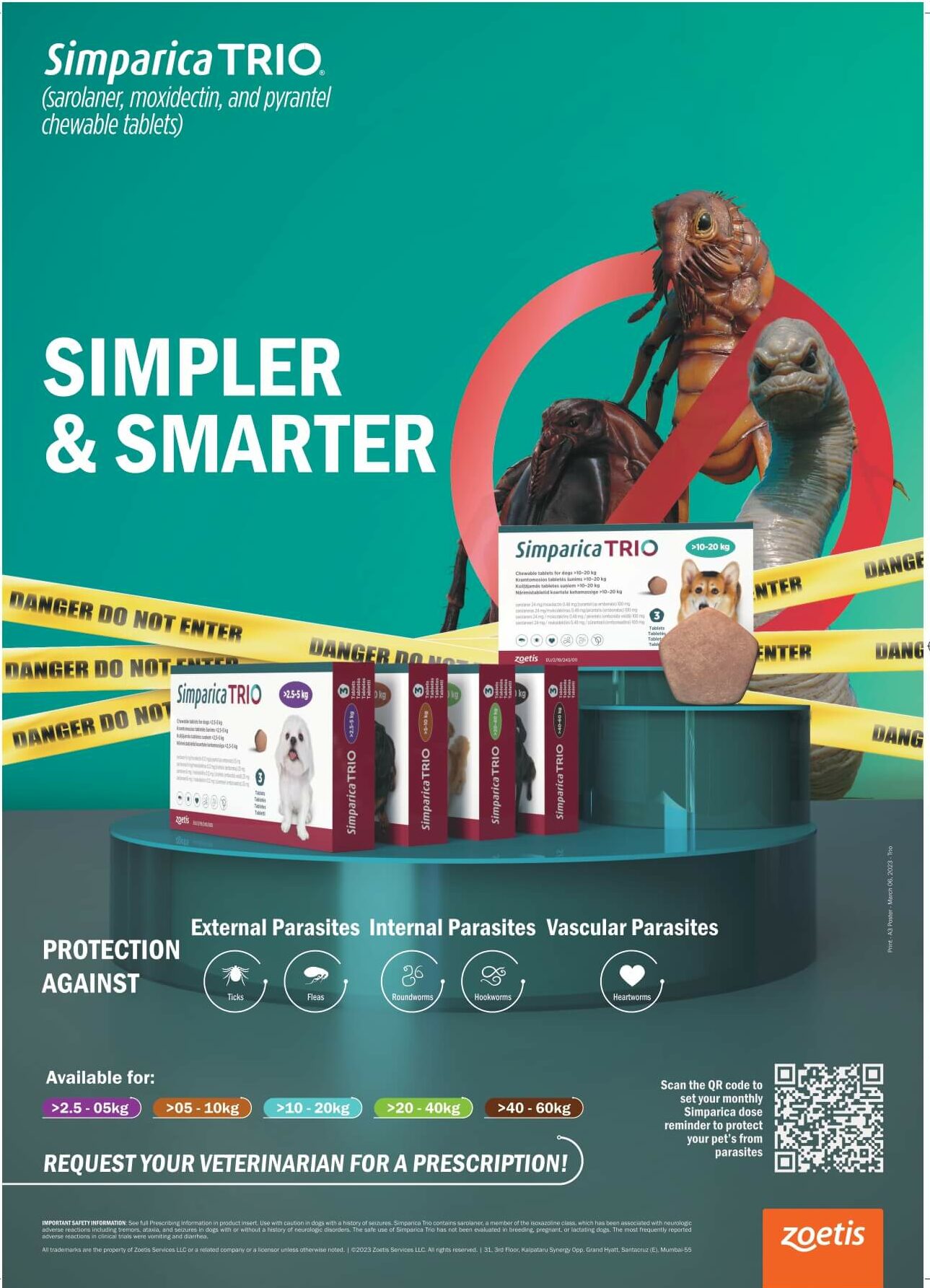
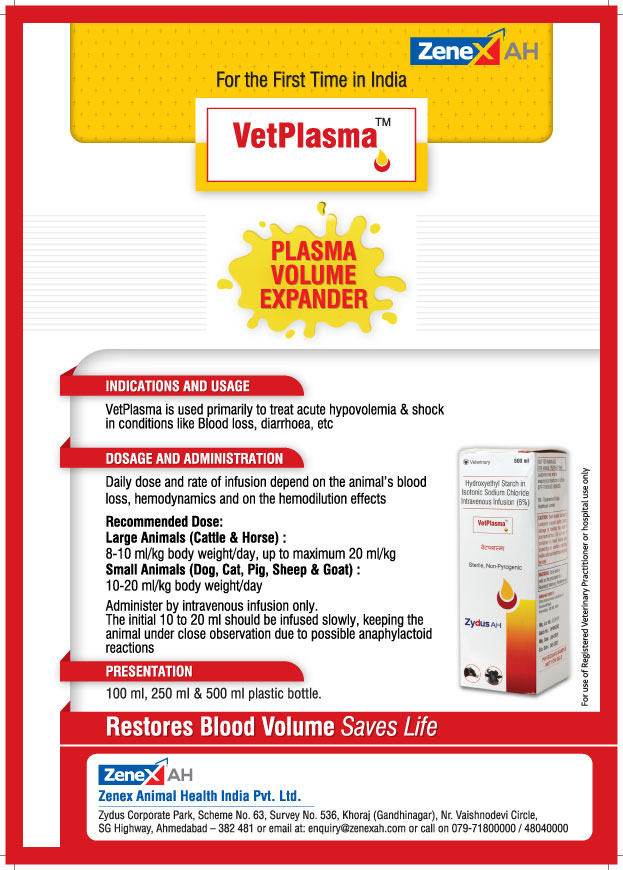

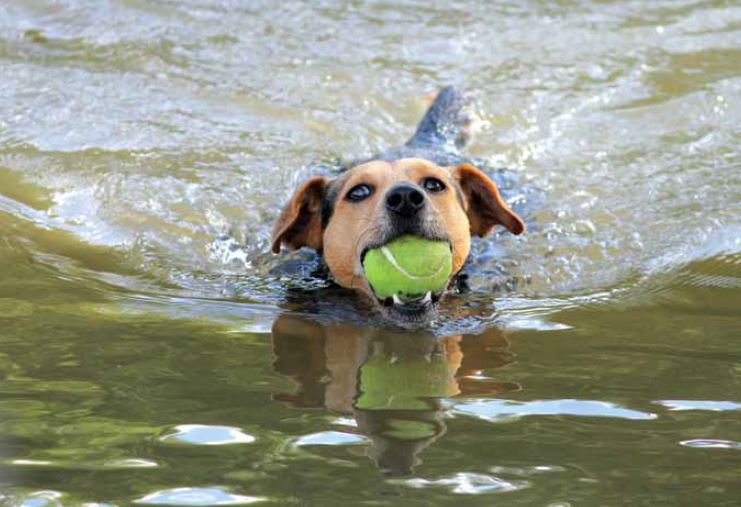 " >
" >
 " >
" >